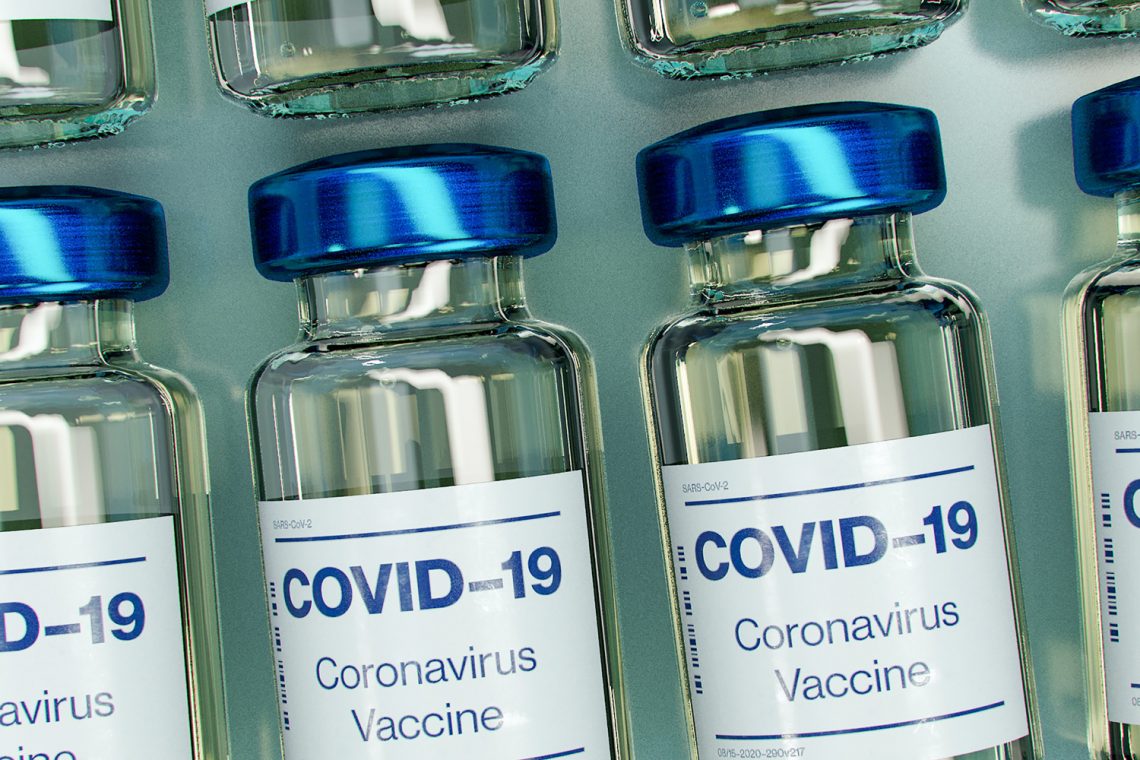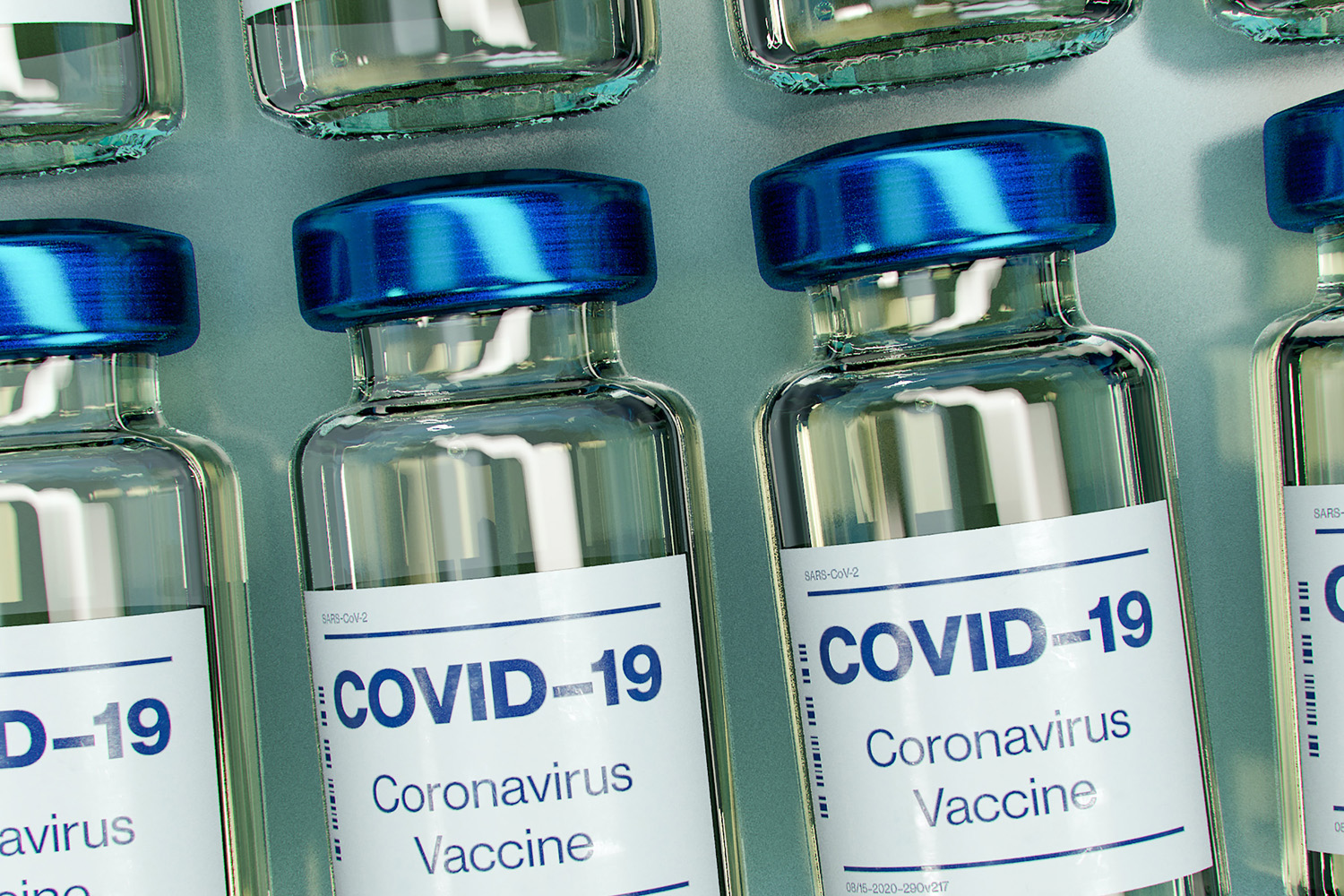
Patents as a “Public Good”?
An Article by Prof. Dr. Jan Busche and Lars Wasnick
The COVID-19 pandemic has renewed calls in the public debate for government recourse to patents. Prof. Dr. Jan Busche and Lars Wasnick examine the conditions under which state intervention in exisiting patent law is possible.

Patents are granted for innovative achievements in all fields of technology (Sec. 1 (1) German Patent Act (PatG)/ Art. 52 (1) EPC / Art. 27 (1) TRIPs). Thus, medicines and vaccines are also potentially protectable as inventions. The availability of such goods, which are necessary for the medical care of the population, becomes the focus of public interest especially in times of crisis. This is not only evident at present under the impact of the COVID 19 pandemic, but also in other contexts. One need only recall the shortages in the supply of AIDS drugs, especially in developing nations and emerging economies. This reveals a tension between the intellectual property rights of patent holders and the public interest in providing the most comprehensive and cost-effective medical care possible. The COVID 19 pandemic has therefore renewed calls in the public debate for government recourse to patents.
At this point, we will therefore consider the conditions under which state intervention in existing patent protection is possible. After all, patents are absolute rights which are protected by Art. 14 German Basic Law (GG) and Art. 17 CFR, so that interventions in these legal positions require a special justification.
The starting point for the following considerations are first of all the legal instruments available de lege lata, i.e. the compulsory licenses in favor of private legal entities anchored in the national legal systems (e.g. Sec. 24 PatG) and other state intervention rights which can go as far as expropriation of patents (e.g. Sec. 13 PatG). The Agreement on Trade-Related Aspects of Intellectual Property Rights (TRIPs) administered by the World Trade Organization (WTO) expressly provides in Art. 31 that the contracting states may, under certain conditions, allow “other use of the subject matter of a patent” even without the consent of the right holder. The U.S., other WTO member countries and non-governmental organizations are also advocating a temporary suspension of vaccine patents. It is also conceivable that patent holders could be subject to restrictions arising from the application of the prohibition on the abuse of market power under antitrust law (Sections 18, 19 Act against Restraints of Competition (GWB), Article 102 TFEU), insofar as patents also give their holders an economically relevant position of power.
The question also arises as to whether the conflict of interest outlined can be adequately managed with the instruments available de lege lata or whether there is a need for additional normative regulations.
Another question is to what extent relevant know-how for the production of vaccines is already protected before patents are granted or can be the subject of third-party access rights. This will not be discussed further here (cf. Hauck, GRUR-Prax. 2021, 333).
Patent law regulates the individual conditions under which patents can be granted for innovative achievements in the field of technology. By the grant of a patent, the patent owner obtains an absolute right which only authorizes themselves to use the patented invention (Sec. 9 PatG). Any third party is therefore generally prohibited from making, using, marketing and applying the patent (Sec. 9 No. 1-3 PatG), unless he is legally authorized to do so by a license agreement or in some other way. This gives the patent owner a monopoly position under patent law, but not necessarily an economic monopoly position in the respective market, which enables them to gain an advantage over competing companies, on the basis of which the latter are excluded from using the patented invention.
Finally, the patent protection, which by its nature is not based on third-party benefit, also leads to a conflict with the interest of the general public in gaining access to certain patented inventions, which is particularly evident in (medical) emergencies. This conflict of interests does not only exist in the field of patent law, but can be found in the entire field of intellectual property rights, even though it does not regularly concern existential emergencies as in the field of health protection. As far as the discussion is held whether and to what extent third parties, i.e. competitors of the patent owner or the state, are to be granted access to patented inventions, it must always be kept in mind that the legislator has made a value decision in favor of individual exclusive rights with the granting of property rights. Behind this is the (more or less justified) idea that special protection rights (as “monopoly rights”) can also have their justification in an economic system based on the concept of competition, namely if they contribute to stimulating competition and, in this way, promote innovation. For patent protection, this means: Those who make investments for the (further) development of technical progress can be rewarded for this with a patent. This creates an investment market for technical inventions and, at the same time, a race for the exclusive right. According to the Düsseldorf economist Justus Haucap, for example, there has been a race between 120 companies trying to develop a COVID 19 vaccine. With the prospect of reward through the exclusive right, not only is there an incentive to amortize investments made by means of the patent, but in addition the general public also benefits from this “patent granting race”, since patents and the technical knowledge behind them are made publicly accessible by means of the patent application. Inherently, this not only leads to a dissemination of knowledge through patent law itself, but also constantly opens up the possibility of further research approaches, whereby the state of the art itself is constantly updated.
However, not everything appears to be as well-balanced in practice as it is in theory. Patents are sometimes filed (only) for strategic reasons, whether to (temporarily) block market entry by competitors or for procedural reasons. This raises the suspicion that the patent system has a high potential for abuse, as the case of the so-called patent trolls shows. Such excesses, which quickly become the focus of attention, also call into question the legitimacy of patent protection. This is particularly evident when the interests of the general public seem to prevail due to supply shortages and pandemic situations to such an extent that the investment reward and incentive function do not appear sufficient to justify the granting of patents on vaccines.
Based on the fundamental recognition of patent protection and in the awareness that every grant of a patent also implies the grant of an exclusive right, various regulations, both at the inter- and national level, in turn provide for exceptions to this principle. Possible conflict solutions can be achieved in German law through Sections 13 and 24 PatG.
A distinction must be made here between the direction of intervention of the standards. Section 13 PatG is a norm that allows the German government to limit or suspend the effect of the patent. While this is a direct state intervention from outside the market, Sec. 24 PatG regulates the possibility of a compulsory license under patent law, which can be obtained by any license seeker in individual cases before the patent court, i.e. an “intervention” from within the market itself.
1. § 13 PatG
In essence, the provision on governmental use orders has already existed since the Patent Act came into force in 1877. In its current version, it regulates that the effect of a patent does not occur by order of the federal government in the interest of public welfare. Section 13 PatG first received attention in connection with the still ongoing Corona pandemic with the entry into force of the Act for the Protection of the Population in the Event of an Epidemic Situation of National Significance (EpidemieSchG) of March 27, 2020. The EpidemieSchG, in turn, amended Section 5 para. 5 German Infection Protection Act (Infektionsschutzgesetz, IfSG) was amended to the effect that the Federal Ministry of Health was authorized to issue a use order within the meaning of Section 13 (1) PatG in the context of an epidemic situation of national significance determined by the German Bundestag (Section 5 (1) IfSG).
The concept of public welfare differs from that of public interest as used, for example, in Sec. 24 PatG and, according to the prevailing opinion, is to be understood more narrowly in principle. Protection goals that fall under the concept of public welfare include the protection of the health of the population, for example by combating epidemics, or the prevention of environmental damage and significant impairment of the energy and water supply (Busse/Keukenschrijver/Keukenschrijver Sec. 13 PatG marginal no. 8; Benkard/Scharen Sec. 13 PatG marginal no. 4). In short, Section 13 PatG covers cases of emergency in which state care appears necessary or even imposes itself. Consequently, a pandemic situation triggered by the COVID 19 virus may also require state action in the interest of public welfare. The legislator hints at this when it states in the explanatory memorandum to the aforementioned amendment to the Infection Protection Act that the restriction of a patent under Section 13 of the PatG may be considered in order to be able to produce vital active substances or medicines in the event of a crisis (BT-Drs. 19/18111, p. 21). However, such an encroachment on the patent holder’s right is always subject to the proviso of necessity. If the objective pursued can be achieved in another way, there is no corresponding necessity for the use order. This would be the case, for example, if the patentee itself is willing or able to license or ensure the security of supply.
Der Gesetzgeber deutet dies an, wenn es in der Begründung zur erwähnten Änderung des Infektionsschutzgesetzes heißt, die Einschränkung eines Patents nach § 13 PatG komme in Betracht, um im Krisenfall lebenswichtige Wirkstoffe oder Arzneimittel herstellen zu können (BT-Drs. 19/18111, S. 21). Allerdings steht ein derartiger Eingriff in das Recht des Patentinhabers stets unter dem Vorbehalt der Erforderlichkeit. Sollte das verfolgte Ziel auf andere Weise erreicht werden können, fehlt es an der entsprechenden Notwendigkeit der Benutzungsanordnung. Das wäre etwa der Fall, wenn der Patentinhaber selbst lizenzbereit oder in der Lage ist, die Versorgungssicherheit zu gewährleisten.
Moreover, the patent protection is not revoked per se by the use order. Rather, it merely legitimizes unlicensed use to the extent of the order. At the same time, the patent holder has a claim against the state for appropriate compensation. This claim for compensation is directed exclusively against the state and not against third parties who may make use of the patented invention within the scope of the use order.
In the debate about a possible application of Sec. 13 PatG, it is also important to recognize the exceptional character of the provision. Practical cases of application have not become known since 1945. Today’s significance is more of a psychological nature. As an ultima ratio norm, Sec. 13 PatG is intended to make the patent owner aware of the permanent possibility of state intervention. The provision thus hovers over patent law with its signal effect. It is questionable, however, what pressure can be generated by a norm that has not achieved any practical effectiveness over a long period of time, even though there have been cases in the past where its application would have been conceivable, e.g. for protection against anthrax attacks (see Lenz/Kieser NJW 2002, 401 (402)) or in the context of the production of HIV drugs.
2. § 24 PatG
In parallel to Sec. 13 PatG, Sec. 24 PatG regulates a further case of the restriction of patent protection with the so-called patent law compulsory license. It can be obtained by any license seeker (third party) who wishes to use the protected invention commercially for his own account under the given conditions in the individual case. In the case of grant, which is tied to a public interest (Sec. 24 (1) No. 2 PatG), both economic policy and social reasons, such as the fight against diseases, may be considered. In addition to the intention of commercial use, the license seeker must actually (also technically) be able to do so.
Section 24 PatG is similar to Section 13 PatG. For a long time, it towered over patent law without any concrete cases of application. However, since 2016, Section 24 PatG, unlike Section 13 PatG, has found its way into practice, apart from the Polyferon case (BPatG GRUR 1994, 98, overruled by BGHZ 131, 247 = GRUR 1996, 190). The standard received attention through the Raltegravir/Isentress decision of the BGH (GRUR 2017, 1017), which concerned the availability of a certain drug substance from the group of integrase inhibitors used to treat HIV infection. Because the case involved a case-by-case compulsory license in favor of a license seeker, the first issue was the license seeker’s licensing effort. This requirement, much better known from antitrust FRAND proceedings, requires more than a mere willingness to pay a reasonable license fee in that the license seeker must pursue this willingness over a certain period of time and with a certain seriousness. Which actions are required in concrete terms and how the relevant period is to be determined can only be decided on a case-by-case basis. In view of the manageable decision practice, however, it can be stated that both the Federal Patent Court and the Federal Court of Justice follow a dynamic standard for the question of a sufficient licensing effort. For example, the offer of a very low license rate in a three-week period prior to filing the compulsory license action is not sufficient (BGH GRUR 2019, 1038 marginal no. 20 et seq. – Alirocumab).
However, for the question of a possible compulsory license under patent law, not only the requirement of the license request is relevant, but rather also the public interest required by Section 24 PatG. This must justify the grant of a compulsory license, Sec. 24 (1) No. 2 PatG. In this respect, the German requirements for granting a compulsory license go beyond the minimum standard guaranteed by Art. 31 TRIPs Agreement. Although the compulsory license under patent law is a legal institution in favor of a single party, the license seeker, the latter can therefore exclusively assert interests of the general public. To a certain extent, the license seeker acts as an advocate of the public interest. The object of such a public interest can also be the protection against a health endangering pandemic. If health protection already falls under the more narrowly formulated provision of Section 13 PatG, this must apply a fortiori to Section 24 PatG. Comparable cases of a drug shortage, but of course not on such a pandemic scale, are recognized in case law by the decisions already mentioned concerning the HIV drug Raltegravir and are therefore not completely new territory. In this respect, it can be seen that Section 24 PatG is also a possible instrument for a compulsory license of vaccines.
3. Art. 31 TRIPs
The TRIPs Agreement concluded under the umbrella of the World Trade Organization (WTO) uses the term compulsory license only in Art 37 (2) for the field of topographic layout designs. However, without mentioning them by name, Art 31 TRIPs, to which Art 37(2) TRIPs otherwise refers, provides for the possibility of allowing other uses of a patent without the consent of the right holder by means of compulsory licensing. In this respect, the TRIPs Agreement lays down the minimum standard for a possible national compulsory licensing for its contracting states. Art. 31 TRIPs mentions standard examples such as national emergency (lit. b)) or dependent patents (lit. l)). However, the individual member states are free to determine the concrete conditions for granting a license, considering the TRIPs-compliant minimum standard (Busche/Stoll/Wiebe/Höhne Art. 31 TRIPs para. 5, 21). Similar to Sec. 24 Patent Act, the main requirement is the unsuccessful request for a license with the submission of an appropriate license offer. However, this requirement may be waived in national emergency situations or in the case of public, non-commercial use (Art. 31 lit. b) p. 2 TRIPs). The characteristic of emergency situations in this respect also covers the cases of pandemic protection, which under German law fall under Sections 13, 24 Patent Act. The generally very narrowly worded provision according to which the compulsorily licensed use of the patented invention must be “predominantly for the supply of the domestic market” of the corresponding TRIPs member (Art. 31 lit. f. TRIPs) has proven to be an obstacle, particularly for the pharmaceutical sector, especially since it impedes the supply of developing countries that do not have their own production capacities. On the basis of the “Doha Declaration” to the TRIPs Agreement of August 30, 2003, a regulation was therefore established that exempts the production and export of pharmaceuticals from the export restrictions of Art. 31 lit. f) TRIPs (Art. 31bis para. 1 TRIPs). Accordingly, with this provision, which entered into force in 2017, contracting states have since had the option of compulsory licensing of pharmaceuticals for production for export. In this way, states with an existing pharmaceutical industry can produce for other states that do not have an industrial pharmaceutical infrastructure. The EU reacted to the Doha Declaration with Regulation EC No. 816/2006, according to which, in accordance with Art. 31bis para. 3 TRIPs, the quantity of medicinal products produced under compulsory licensing may not exceed that required to meet the needs of the importing country (Art. 10 para. 2 Regulation (EC) No. 816/2006). In principle, this is intended to prevent the transfer of medicinal products to high-price third countries for economic reasons (Art. 10 Para. 4 Sentence 2 Regulation (EC) No. 816/2006).
4. TRIPs-Waiver
The possibility of a TRIPs waiver is also attracting attention in the current discussion. This involves the waiver of international patent protection under TRIPs. A corresponding proposal (latest version: here Original document: here) was originally initiated by India and South Africa and is now supported by several countries. The consequence of a waiver would be that the international standards would be waived by TRIPs and thus national patent protection could be completely suspended. All producers worldwide would be able to use and exploit patents without having to pay royalties or give the original patent holders a share of the proceeds. At first glance, this approach may seem to be a good way of increasing the availability of patented medicines. However, the problem with the waiver solution is the structure of the TRIPs Agreement. For a waiver solution, TRIPs would have to be fundamentally amended and, according to the unanimity principle, this is only possible with the agreement of all 164 WTO member states. In view of the long period of time between the Doha Declaration and the actual entry into force of Art. 31bis TRIPs, as described above, it is clear that a waiver solution is very unlikely to be implemented in the near future.
5. Compulsory antitrust license
A further possibility beyond the purely patent law solutions is access to patent-protected inventions via compulsory licensing under antitrust law. Should a vaccine manufacturer have exceeded the threshold for market dominance, a compulsory license could be obtained in accordance with the principles on abuse of a dominant position (Article 102 TFEU, Sections 18, 19 GWB). At present, however, there appears to be no evidence that any of the manufacturing companies has such market power, so that antitrust law does not offer an alternative solution. Even for mRNA vaccines, there is at least a duopoly of the licensed vaccines of Biontech/Pfizer and Moderna in the European market and no monopoly. Worldwide, there are even more vaccine producers competing and, in addition, other suppliers of vector vaccines are present on the market (on market definition in the pharmaceutical sector Klaus/Derra PharmR 2020, 115 (124 et seq.)). Thus, from an economic and therapeutic point of view, there is definitely substitution competition and thus sufficient possibilities for evasion in the choice of the appropriate vaccine.
As is well known, many roads lead to Rome. And so, the question arises as to which of the legal instruments described can best counteract a misdirection of patent law, as can occur in times of pandemic due to an undersupply of vaccines. The starting point for considering which legal instrument is probably the more suitable means should be the question of the greatest possible success with the least possible harm to the patent holder at the same time. For the instruments of antitrust law and the TRIPs waiver solution, it is already not possible to predict a sufficient likelihood of success. This is different with the patent law approaches, because both the state use order (Sec. 13 PatG) and the compulsory licensing (Sec. 24 PatG) sharply interfere with the attribution content of the patent as an exclusive right, and thus also with the constitutionally protected freedom of ownership, whereby the intended success is also countered by “damage” for the patent holder.
At first glance, it appears that the compulsory license under patent law according to Sec. 24 PatG is only a partial encroachment, since it imposes a restriction only on one license seeker or a small group of license seekers. The business interests of the patent owner can be just as negatively affected as in the case of a comprehensive use order, especially since the technical know-how of the license seeker is important, particularly in the pharmaceutical sector, which is also a prerequisite of Sec. 24 PatG. However, the license seeker must assert the right to the grant of a compulsory license before the Federal Patent Court, which in turn would mean long procedural times, especially if there is an appeal before the BGH. It is true that Sec. 85 (1) PatG provides that the grant may also be permitted by way of an interim injunction, in particular if the permission is urgently required in the public interest. Nevertheless, the judicial route via Section 24 PatG would appear to stand in the way of the goal of the fastest possible and most effective nationwide provision of vaccines. Moreover, not every pharmaceutical company will voluntarily accept the cost and effort of a compulsory license. The business model of vaccine production in a pandemic on the basis of a compulsory license obtained in the public interest is not very attractive and is also risky.
The situation is different with the use order, which has a direct effect. Under the premise of fast and effective protection against the Corona virus, the use order appears, contrary to a possible first impression, to be the more suitable means. However, the effect of the use order is strongly dependent on the extent to which it is issued, in particular in favor of which users. After all, according to Sec. 13 (3) sentence 1 PatG, the patentee has a claim for adequate remuneration against the Federal Government, which is probably the more preferable debtor compared to a commercial license seeker, at least with regard to the insolvency risk. This may also dampen the willingness to take legal action against an order for use, although in comparison to the grant of a compulsory license, it can be assumed that the proceedings will take less time, since in the case of an order by the federal government, the only recourse is to a review by the Federal Administrative Court (Sec. 13 (2) PatG).
On the other hand, Secs. 13, 24 PatG leave the “inhibition threshold” of a state interference with the right to the patent. This is represented by the principle of proportionality and must therefore be particularly pronounced, because the decision in favor of a patent system is at the same time associated with the granting of exclusive rights, the subsequent restriction of which requires special justification from a constitutional perspective. This burden of justification tends to weigh even more heavily on the “sharp sword” of the use order than on compulsory licensing.
It can be seen that the conflict of interests described can certainly be managed with the patent law instruments available de lege lata, even though there is and probably cannot be a silver bullet, since it always depends on a balance of interests in the individual case.
In the end, the successful use of the instruments depends not only on a legally binding use order or compulsory license, but also and possibly especially on their practical implementation. This aspect plays a special role in the pharmaceutical sector. For example, in connection with the production of COVID 19 vaccines at the beginning of the pandemic, it was repeatedly pointed out that even in a highly developed country such as Germany, the necessary production facilities are not available on the scale required. This is probably even more true for emerging and developing countries. On the other hand, countries such as India, Egypt and Morocco, but also South Africa, show that it is perfectly possible to set up vaccine production in such countries and to have the know-how to operate the necessary facilities. However, this requires increased investment, for which the necessary incentives must be provided. In South Africa, in view of the sharp rise in HIV infections at the time, a law (Medicines and Related Substances Control Amendment Bill) was passed that permitted the production (and importation) of cheaper generic drugs, albeit under strong protest from the pharmaceutical industry and under threat of TRIPs infringement proceedings from the USA (see also Claudia Ridder, Die Bedeutung von Zwangslizenzen im Rahmen des TRIPs-Abkommens, 2004, p. 147 et seq.)
As long as it is not possible to establish an adequate and, as far as possible, economically viable production of medicines and vaccines in emerging and developing countries, it is also the social responsibility of the developed industrialized countries to create the framework conditions for their own production of medicines and vaccines that is capable of serving not only domestic demand but also – and be it with recourse to Art. 31bis TRIPs – the markets in less developed countries. The COVID 19 pandemic in particular shows that pandemics of global extent can only be successfully combated if it is possible to organize the necessary health protection across national borders.





